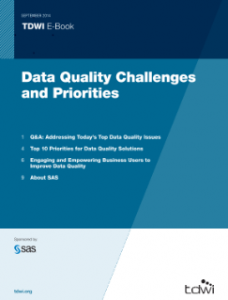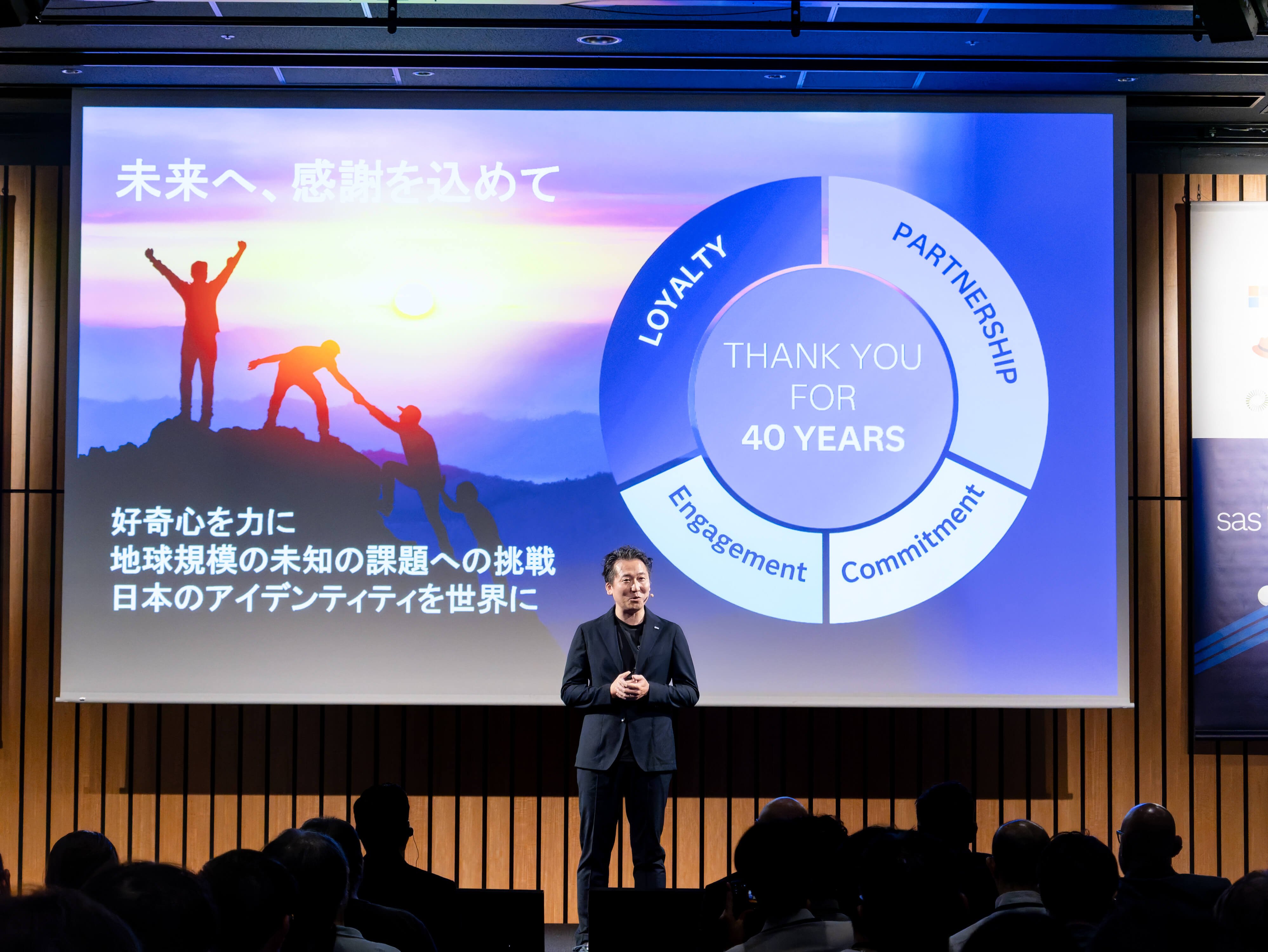When asked what his movement wanted around a century ago, the iconic American labor leader Samuel Gompers famously gave a one-word answer: "More."
This annoyed his opponents at the negotiating table and many in the business community. He was not demanding a specific wage increase or fighting for a distinct cause like child-welfare laws or workweek maximums. He just wanted more—and all that that entailed.
I know of Gompers because, although I've become a data wonk, I have perhaps the single worst training possible. I received my master's in industrial and labor relations from Cornell University. Great program, but not exactly heavy on data modeling and schemas. (Trust me. I'm going somewhere with this.)
No bother. I'm an autodidact. Despite what I do today, I still draw heavily upon my studies there: People are essential. Technology and data cannot do it alone.
"More" on the future of data
Long gone are the fairly predictable days of the mid-1990s, at least data-wise. Few intelligent folks today believe that structured data is the only type that matters. These days, many people want to know:
What kinds of new information are coming?
Oh, if only I could predict the future, even in an esoteric area like "data."
The short answer to the query is, to steal from Gompers, more. The slightly longer answer is, of course, we just don't know for certain exactly what kinds of new data are coming.
So what do we know about the future of data?
- It will be bigger than ever. Computer-storage maker EMC estimates the amount of digital information in the world in 2020 will swell to 50 times what it is today.
- Much of it will come from outside of the enterprise.
- It will increasingly be generated my machines, not people. (CES this year was all abuzz with sensors and the Internet of Things.)
- It will be tied to an increasing amount of metadata. Case in point: Twitter. (Plenty of folks believe that the entire data-metadata distinction is moot.)
- It will be noisier than ever.

Download this ebook to learn how to solve your big data quality challenges.
We may not know which future data sources will ultimately matter, but it's very risky to wait until the dust has completely settled. After all, first movers such as Amazon, Facebook,
Google, and Netflix all jumped on the big data train early—and acted accordingly. Things seem to be working out pretty well for them.
Then there organizations that would jump on it earlier if they could turn back the clock. They would have acted quicker in adopting Hadoop and other necessary technologies.
Finally, many organizations still ignore what we now lovingly call big data. Because of this, they have not done anything substantive with it. The CXOs of these companies see it as hype.
Simon says: Don't wait for the future to play out.
Learn from Gompers. Forget half measures like trying to cram YouTube videos, photos, and other forms of unstructured data into a relational database. (Good luck with that.) Get ready for more data.
Feedback
What say you?





